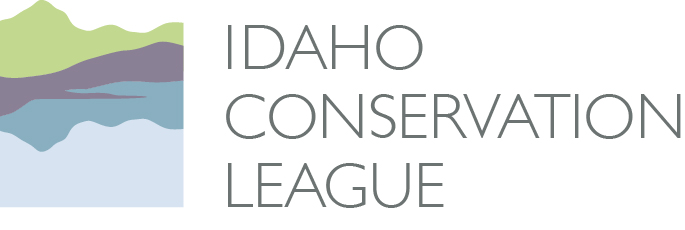This is the first installment of a three-part series on community owned solar.
It is well known that solar is good for the environment and will accelerate us toward reaching 100 percent clean energy. There are many types of solar – maybe you’ve seen a solar farm in a field or solar panels on your neighbor’s rooftop. Unfortunately, rooftop solar is not available to everyone – it is expensive and generally requires home ownership and a sunny roof. While we can rely on the utility to build large-scale solar arrays, we will not have control over the location and timing of these installations, and customers won’t receive all of the direct financial benefits of the arrays.
So, how do we ensure that everyone has access to the benefits of renewable, local solar? Through community owned solar.
Community Owned Solar: What is it?
Community owned solar is a way for utility customers to “subscribe” to and receive power from rooftop solar panels that are not located on their property. For example, imagine that a local community center purchases and installs solar panels on the roof of their building. Then, 20 individuals who live around the community center each subscribe to 5 percent of the community center’s panels. Each month, the subscribed individuals will receive credit on their power bill for 5 percent of the power that community center’s panels produced.
Because community owned solar does not require individuals to purchase and install an entire solar array for their home, people with less disposable income and people who rent their home can still access the benefits of solar under this program.
Benefits of Community Owned Solar
The key benefits of community owned solar are community ownership and distributed generation.
Community owned solar panels are owned by community members (community centers, nonprofits, local businesses), not the utility. Utilities, including Idaho Power, generally don’t support community ownership of solar because utilities want to keep the profits from the solar panels in the pockets of their shareholders. Community ownership is good for customers, however, because it promotes local job creation and keeps the economic benefits of solar installations in the community, instead of profiting wealthy, out-of-state investors.
Community owned solar also creates more opportunity for distributed generation. Distributed generation is a term for small-scale power-generating resources (like solar panels) that are located close to the users of the power. Distributed generation improves the resiliency and reliability of the power grid. For example, if a storm knocks out a power line that provides power to a community hospital, a nearby solar array can provide power to the hospital while the power line is repaired – leaving no one in the dark.
Community Owned Solar in Idaho
All Idahoans can benefit from community owned solar – it provides economic opportunities and improves our environment and public health. Unfortunately, Idaho utilities do not currently allow customers to subscribe to off-site solar. Although we plan to advocate for utilities around the state to implement community owned solar, there is an advocacy opportunity right now with Idaho Power, the utility for much of southern Idaho.
Recently, Idaho Power proposed a new program called Clean Energy Your Way, in which customers will be able to subscribe to an off-site solar panel for a portion of their power. However, the program will not permit community members to own the solar panels and the panels are unlikely to be located inside of communities. As a result, Idaho Power’s program will not provide the benefits of community ownership and distributed generation described above.
Help us tell Idaho Power that it should work with community groups to develop a community owned solar program. Sign our petition here and submit a comment to Idaho Power. You can also register for our May 10 webinar on community owned solar.
Stay tuned for the next two installments of this blog series which will describe how community solar works in practice and how community solar benefits low income and BIPOC (Black, Indigenous, and people of color) communities.
